Capt Rabindra Prasad Pradhan: A man of many firsts

First flying training from CATC, India in 1960
First helicopter training from ASTATCC, Russia in 1965
Started flights from 1963
Husband of Renu Pradhan
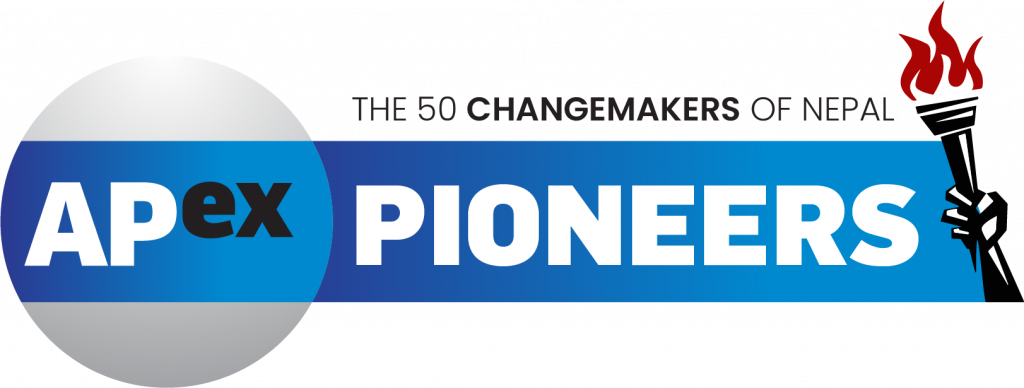 In my 32 years of flying career from 1963 to 1995, I set an incident/accident-free record, a rare achievement for any pilot. Not only this, but my career has a list of many firsts.
When I joined the Royal Nepal Airlines Corporation (RNAC) my pilot license number was 006, meaning there were only five pilots before me in Nepal. Back then flights were not popular in South Asia, especially in Nepal, so there were few pilots.
Before me there were no helicopter pilots in Nepal. I was fortunate enough to get a helicopter-flying license courtesy of the government that sent me to Russia for training. That way I became the first helicopter pilot of Nepal.
In 1972, I was deployed to Royal Air Flight, the flight department of the Nepal Army that used to fly the royal family. I still kept my RNAC job though, because I had to be flying regularly to ensure the validity of my pilot license. For nearly 29 years, I flew both commercial airplanes and helicopters. This was something that had never been done in aviation history. This record can’t be beaten since the International Civil Aviation Organization (ICAO) later banned pilots from flying both planes and helicopters.
Flying fixed-wing (airplane) and rotary-wing (helicopter) aircraft simultaneously on commercial operations is considered unique because the two aircraft function differently. I had the opportunity to fly both aircraft as part of my regular job because the then government allowed me to do so.
I am also the first pilot to land a commercial cargo flight in Everest base camp. I also made a record for the highest helicopter rescue at 20,800ft in the Langtang region.
[caption id="attachment_35336" align="alignnone" width="995"]
In my 32 years of flying career from 1963 to 1995, I set an incident/accident-free record, a rare achievement for any pilot. Not only this, but my career has a list of many firsts.
When I joined the Royal Nepal Airlines Corporation (RNAC) my pilot license number was 006, meaning there were only five pilots before me in Nepal. Back then flights were not popular in South Asia, especially in Nepal, so there were few pilots.
Before me there were no helicopter pilots in Nepal. I was fortunate enough to get a helicopter-flying license courtesy of the government that sent me to Russia for training. That way I became the first helicopter pilot of Nepal.
In 1972, I was deployed to Royal Air Flight, the flight department of the Nepal Army that used to fly the royal family. I still kept my RNAC job though, because I had to be flying regularly to ensure the validity of my pilot license. For nearly 29 years, I flew both commercial airplanes and helicopters. This was something that had never been done in aviation history. This record can’t be beaten since the International Civil Aviation Organization (ICAO) later banned pilots from flying both planes and helicopters.
Flying fixed-wing (airplane) and rotary-wing (helicopter) aircraft simultaneously on commercial operations is considered unique because the two aircraft function differently. I had the opportunity to fly both aircraft as part of my regular job because the then government allowed me to do so.
I am also the first pilot to land a commercial cargo flight in Everest base camp. I also made a record for the highest helicopter rescue at 20,800ft in the Langtang region.
[caption id="attachment_35336" align="alignnone" width="995"]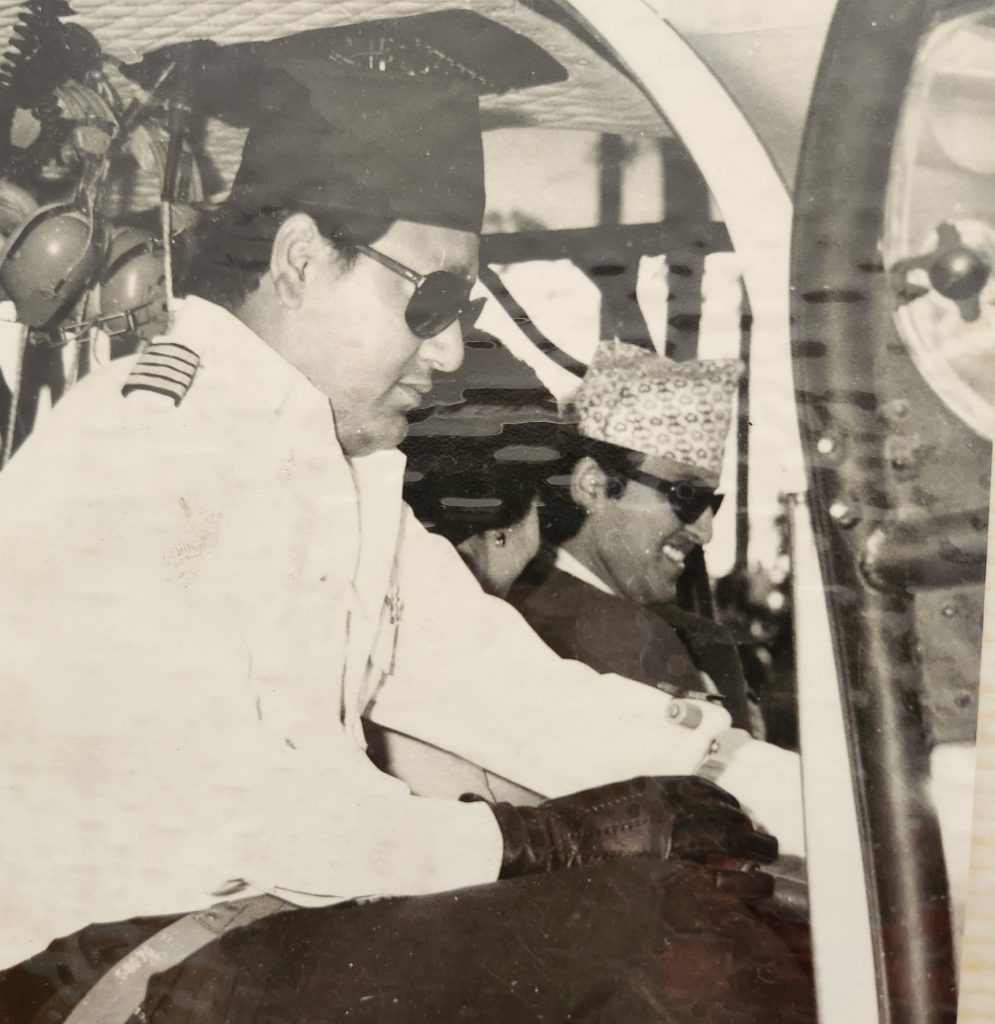 Capt Pradhan with the then royal family in a helicopter cockpit.[/caption]
From the time King Birendra ascended to the throne in 1972 till my retirement in 1995, I piloted all royal helicopter flights for 24 years. No other person in the world holds the record of flying the head of state for such a long time. I also flew the 9th, 10th, 11th, and 12th generations of the Shah dynasty. I have also flown prime ministers and royalties of other nations during their visits to Nepal.
Before 1980 all overseas tours of the king were undertaken on chartered jets of RNAC. But the people in the airlines management team were more focused on ensuring the in-flight comfort of the monarch and not so much on flight safety. King Birendra, being a pilot himself (he had completed a helicopter training course), was aware of these lapses, so he appointed me as the commander of VVIP flights in 1980.
During my career as a pilot, I also scouted locations for almost two dozen airports. Whenever the government wanted an airport built, it was my job to fly over the respective district and locate a suitable place.
I also helped the Civil Aviation Authority of Nepal (CAAN) draft rules and regulations for starting a private airline company in line with the government’s plan to expand Nepali aviation sector.
Aviation was a new sector back then and there were hardly anyone who wanted to invest in it. So, I decided to apply for the first private airline in the country. It was called Nepal Air Charter Service, which was later renamed Everest Air. I wanted to encourage others to get involved in the airlines business.
I established Cosmic Air in 1997 after RNAC along with other airlines were unable to fulfill the demand for flights. We did a good business and in 2001, we expanded our flights outside the country as well. Cosmic Air became the first private airlines company in Nepal to start international flights. As soon as we entered the market, a couple of Indian airlines had to reduce their flights to Nepal, as passengers preferred us over them.
What an incredible journey I’ve had working as a pilot. It was a dream career for me ever since I saw an aircraft taking off from the grassy runway in Bhairahawa for the first time in my life.
I had no idea that the dream I held as a little boy would someday turn into reality. I feel incredibly blessed and honored for all of this. I did work hard at my job and faced many professional setbacks and difficulties, but I do not wish to dwell on the negatives. Those things pale in comparison to the life I have had as a pilot.
Capt Pradhan with the then royal family in a helicopter cockpit.[/caption]
From the time King Birendra ascended to the throne in 1972 till my retirement in 1995, I piloted all royal helicopter flights for 24 years. No other person in the world holds the record of flying the head of state for such a long time. I also flew the 9th, 10th, 11th, and 12th generations of the Shah dynasty. I have also flown prime ministers and royalties of other nations during their visits to Nepal.
Before 1980 all overseas tours of the king were undertaken on chartered jets of RNAC. But the people in the airlines management team were more focused on ensuring the in-flight comfort of the monarch and not so much on flight safety. King Birendra, being a pilot himself (he had completed a helicopter training course), was aware of these lapses, so he appointed me as the commander of VVIP flights in 1980.
During my career as a pilot, I also scouted locations for almost two dozen airports. Whenever the government wanted an airport built, it was my job to fly over the respective district and locate a suitable place.
I also helped the Civil Aviation Authority of Nepal (CAAN) draft rules and regulations for starting a private airline company in line with the government’s plan to expand Nepali aviation sector.
Aviation was a new sector back then and there were hardly anyone who wanted to invest in it. So, I decided to apply for the first private airline in the country. It was called Nepal Air Charter Service, which was later renamed Everest Air. I wanted to encourage others to get involved in the airlines business.
I established Cosmic Air in 1997 after RNAC along with other airlines were unable to fulfill the demand for flights. We did a good business and in 2001, we expanded our flights outside the country as well. Cosmic Air became the first private airlines company in Nepal to start international flights. As soon as we entered the market, a couple of Indian airlines had to reduce their flights to Nepal, as passengers preferred us over them.
What an incredible journey I’ve had working as a pilot. It was a dream career for me ever since I saw an aircraft taking off from the grassy runway in Bhairahawa for the first time in my life.
I had no idea that the dream I held as a little boy would someday turn into reality. I feel incredibly blessed and honored for all of this. I did work hard at my job and faced many professional setbacks and difficulties, but I do not wish to dwell on the negatives. Those things pale in comparison to the life I have had as a pilot.
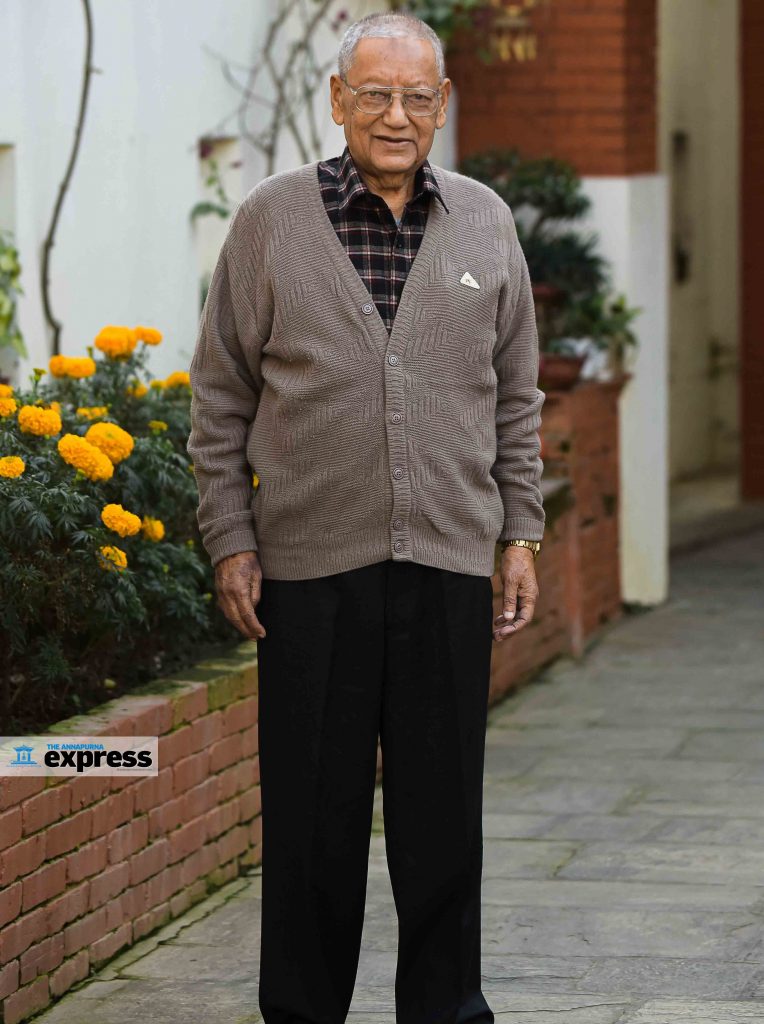 About him
Capt Sunil Pradhan (Nephew)
About him
Capt Sunil Pradhan (Nephew)
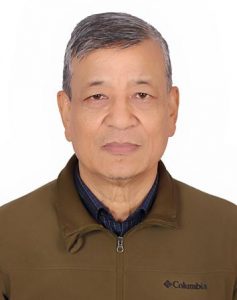 My uncle is my role model. I became a pilot, all thanks to him. He has inspired so many people in the aviation industry. When I arrived in Kathmandu, he helped me in every step of my life, from school to flight training. Although he was busy with his work, he always made time to help and instruct us in our career. Many might not know, he is also a spiritual person. He has written books on spirituality. This shows he is a compassionate human, always supportive of those who need help and guidance.
Capt Rameshwar Thapa (Mentee)
My uncle is my role model. I became a pilot, all thanks to him. He has inspired so many people in the aviation industry. When I arrived in Kathmandu, he helped me in every step of my life, from school to flight training. Although he was busy with his work, he always made time to help and instruct us in our career. Many might not know, he is also a spiritual person. He has written books on spirituality. This shows he is a compassionate human, always supportive of those who need help and guidance.
Capt Rameshwar Thapa (Mentee)
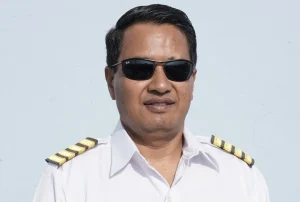 As I began my career as a pilot from his company, I consider him as a mentor and a father figure. It was him who came up with the open-sky policy in Nepal, so one can say that our aviation industry is still intact due to his foundational ideas. The first private airlines company that he established helped promote Nepali aviation sector. He has a wealth of knowledge in the field of aviation, so we have many things to learn from him.
Nagendra Prasad Ghimire (Colleague)
As I began my career as a pilot from his company, I consider him as a mentor and a father figure. It was him who came up with the open-sky policy in Nepal, so one can say that our aviation industry is still intact due to his foundational ideas. The first private airlines company that he established helped promote Nepali aviation sector. He has a wealth of knowledge in the field of aviation, so we have many things to learn from him.
Nagendra Prasad Ghimire (Colleague)
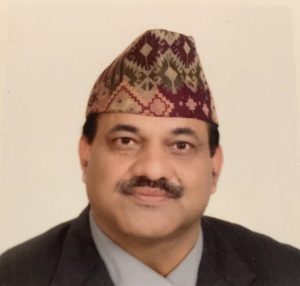 He is a soft-spoken but frank person. His achievements as a pilot are legendary. No wonder pilots aspire to have a flying career like his, no matter how far-fetched it seems. He is invested in improving the aviation sector to this day. That shows his love and dedication to this field. He often talks to me about the ways to improve Nepal’s aviation sector. He also had plans for the Lumbini Airport project. His suggestions were always valuable.
He is a soft-spoken but frank person. His achievements as a pilot are legendary. No wonder pilots aspire to have a flying career like his, no matter how far-fetched it seems. He is invested in improving the aviation sector to this day. That shows his love and dedication to this field. He often talks to me about the ways to improve Nepal’s aviation sector. He also had plans for the Lumbini Airport project. His suggestions were always valuable.
related news
Harry Bhandari: An inspiring tale of Nepali immigrant in the US
Sept. 14, 2023, 4:06 p.m.
Baburam Bhattarai: An analysis on Nepal’s underdevelopment
Sept. 4, 2023, 9:36 a.m.
Shyam Goenka: Institutionalizing free press and democracy
Aug. 29, 2023, 7:42 p.m.
Sunil Babu Pant: A guardian of LGBTIQA+ community
March 11, 2023, 10:01 p.m.
Usha Nepal: An inspiration to every working woman
Feb. 25, 2023, 9:42 p.m.
Anupama Khunjeli: A trailblazer banker
Feb. 19, 2023, 12:54 a.m.
Capt Siddartha Jang Gurung: Aviation rescue specialist
Feb. 12, 2023, 1:26 a.m.
Bhuwan Chand: Born to perform
Feb. 4, 2023, 6:36 p.m.










Comments